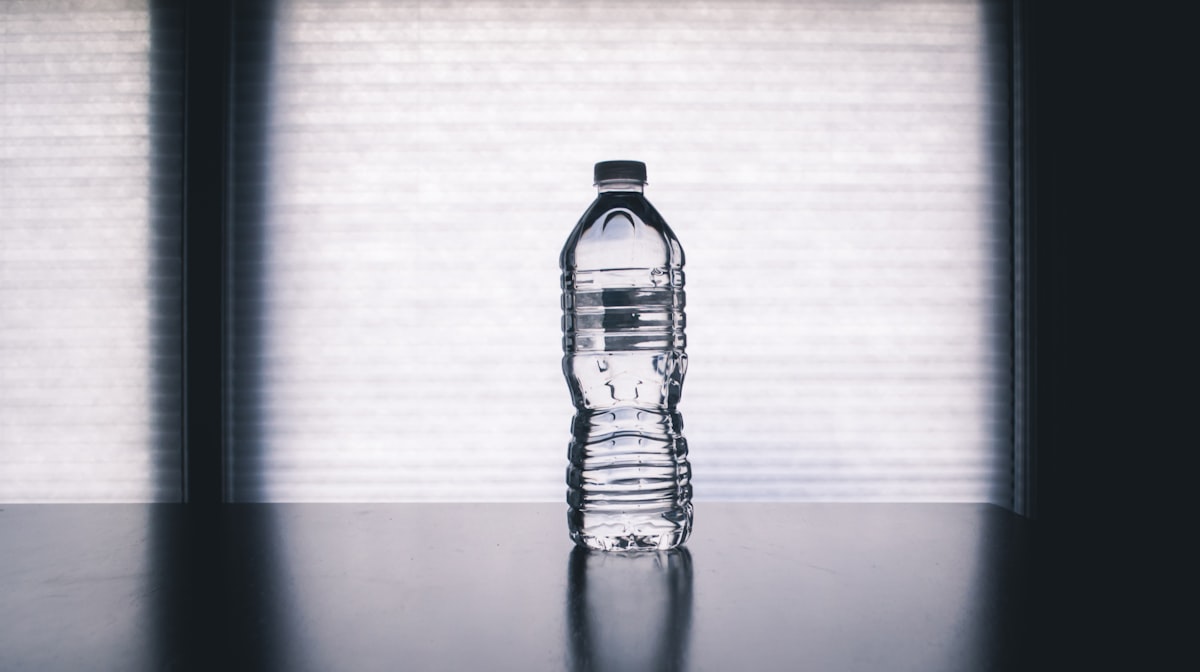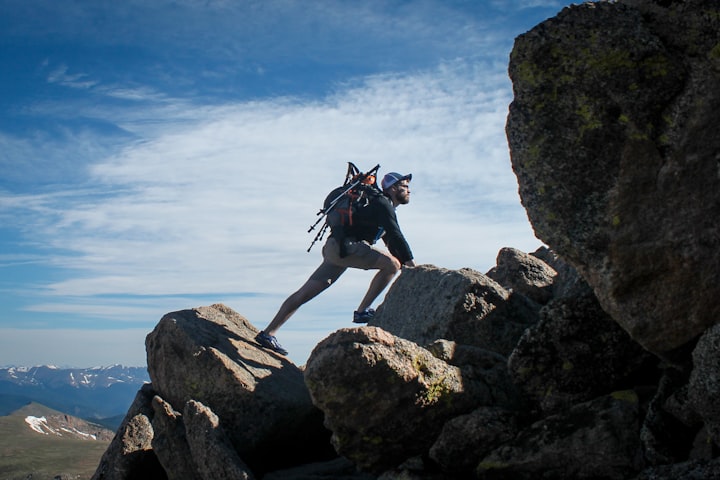Hydrate, Hydrate, Hydrate!
Water isn't just essential for basic bodily functions; it's the cornerstone of energy production, muscle function, and temperature regulation, especially during physically demanding activities like hiking.

Introduction
Water isn't just essential for basic bodily functions; it's the cornerstone of energy production, muscle function, and temperature regulation, especially during physically demanding activities like hiking.
The Role of Water in Energy Production
When you're hiking, especially over long distances, your muscles are constantly working. For muscles to function properly, they need adequate hydration. Water plays an important role in transporting oxygen and nutrients to muscle cells, allowing them to produce energy efficiently. A decrease in hydration levels can lead to early fatigue, reduced endurance, and muscle cramps.
Sweat and Its Implications
Sweating is the body's natural cooling mechanism. When hiking, especially under the sun or in humid conditions, you're likely to sweat more than usual. While sweating helps regulate body temperature, it also means you're losing fluids and essential minerals called electrolytes.
The Importance of Electrolytes
Electrolytes, like sodium, potassium, and chloride, are vital for muscle function and preventing cramps. When you sweat, these electrolytes can be lost in significant amounts. This is why, in addition to water, it's beneficial to consider drinks or tablets rich in electrolytes. They help in replenishing the salts lost, ensuring muscle functionality, and preventing dehydration-related complications.
Tips for Effective Hydration
- Sip Regularly: Instead of drinking large amounts infrequently, take small sips regularly. This ensures a steady hydration level and reduces the chances of overhydration.
- Opt for Natural Water Sources: When on the trail, use mapped-out natural water sources. Carrying a lightweight water filter or purification tablets can make these sources safe to drink from.
- Monitor Urine Color: A simple way to check hydration levels is by observing the color of your urine. Light yellow indicates adequate hydration, while dark yellow or amber suggests you need to drink more.




